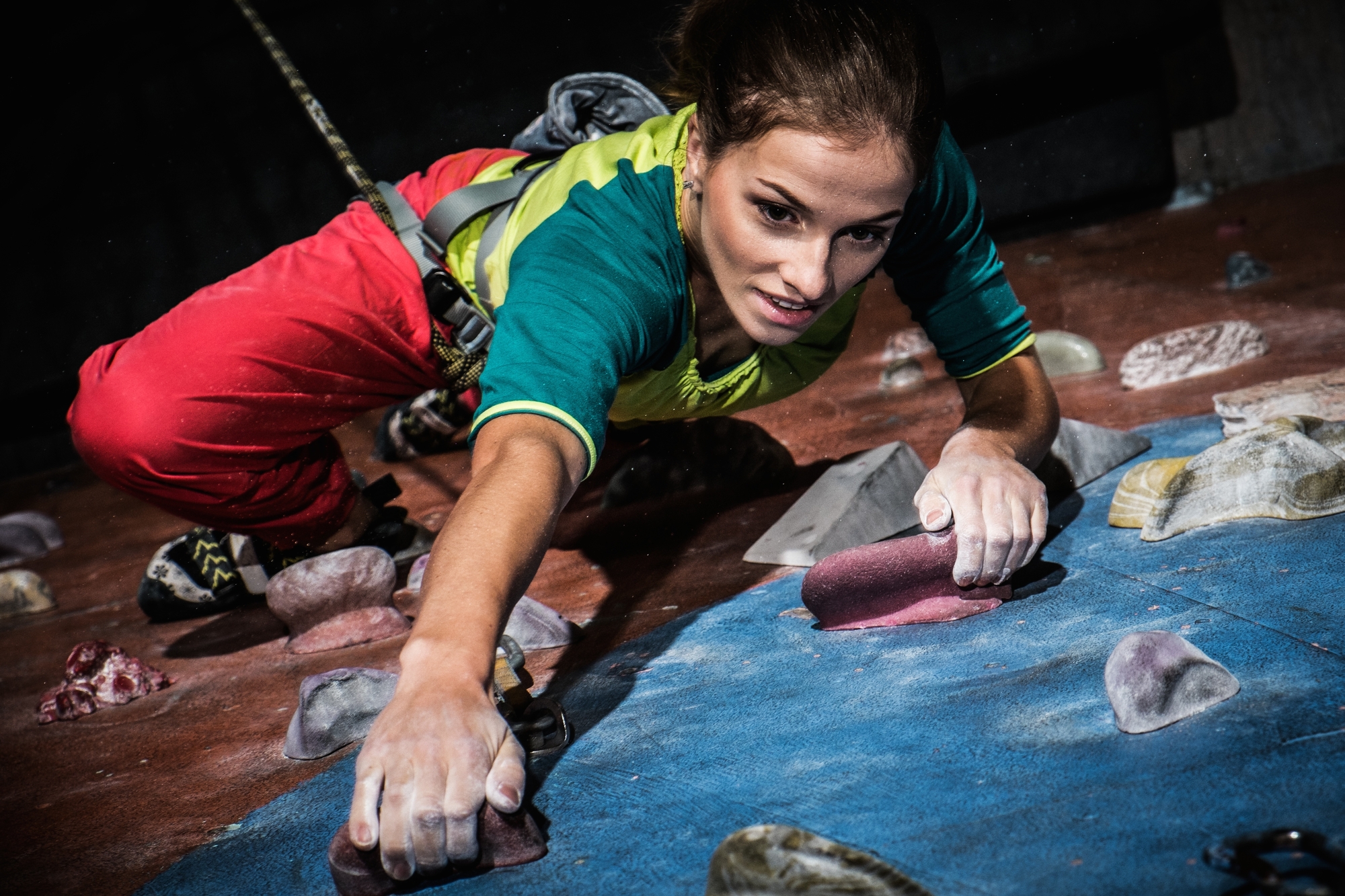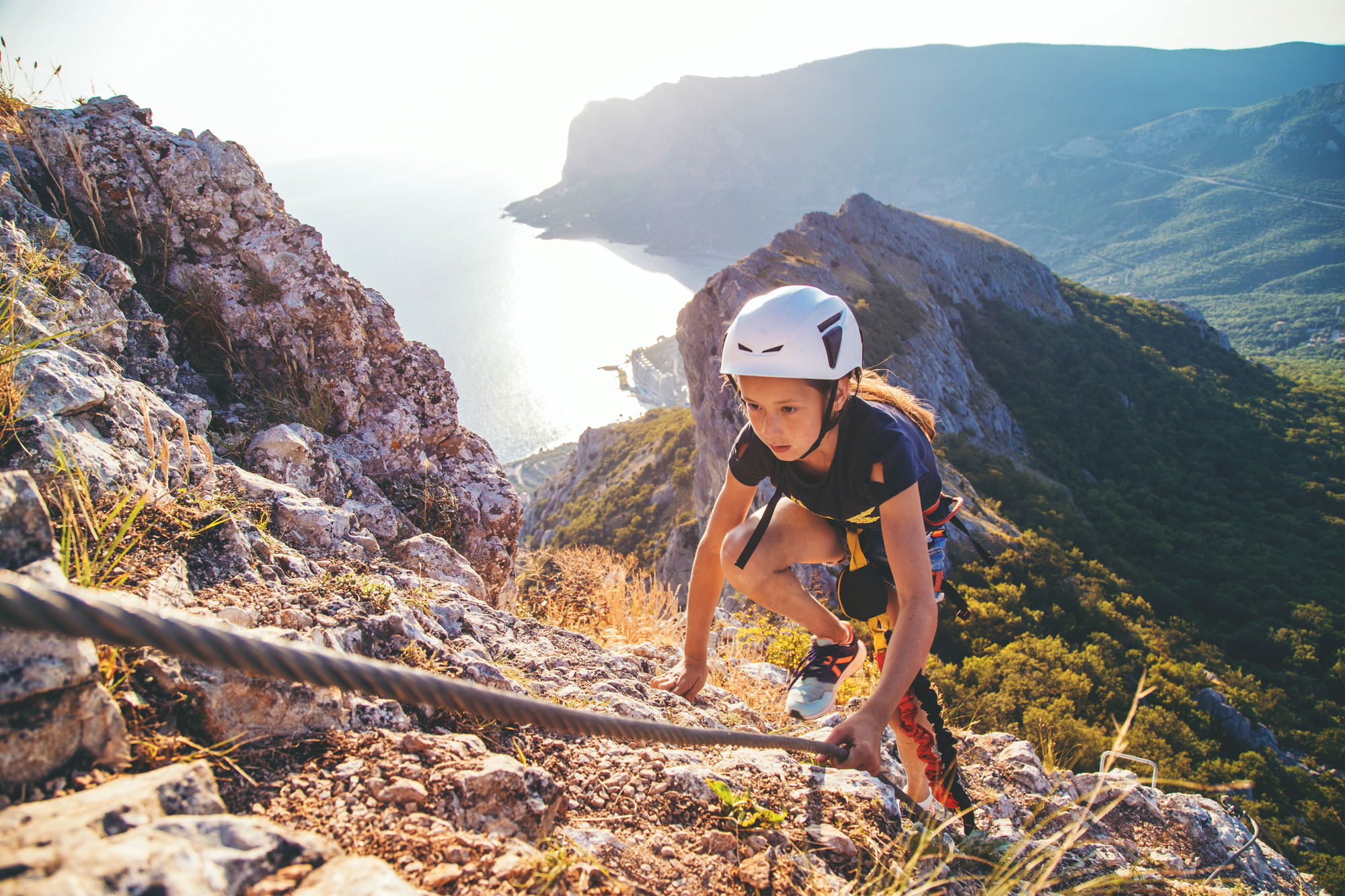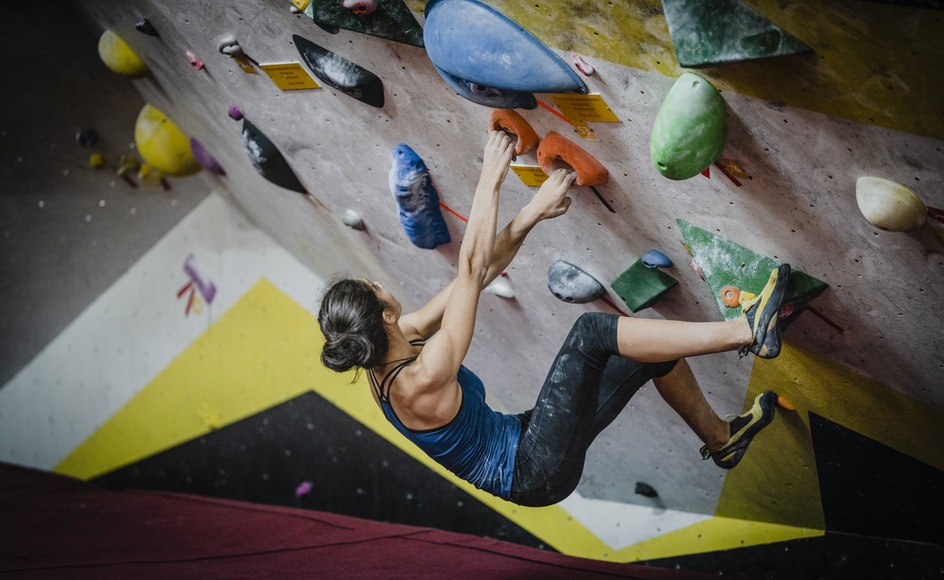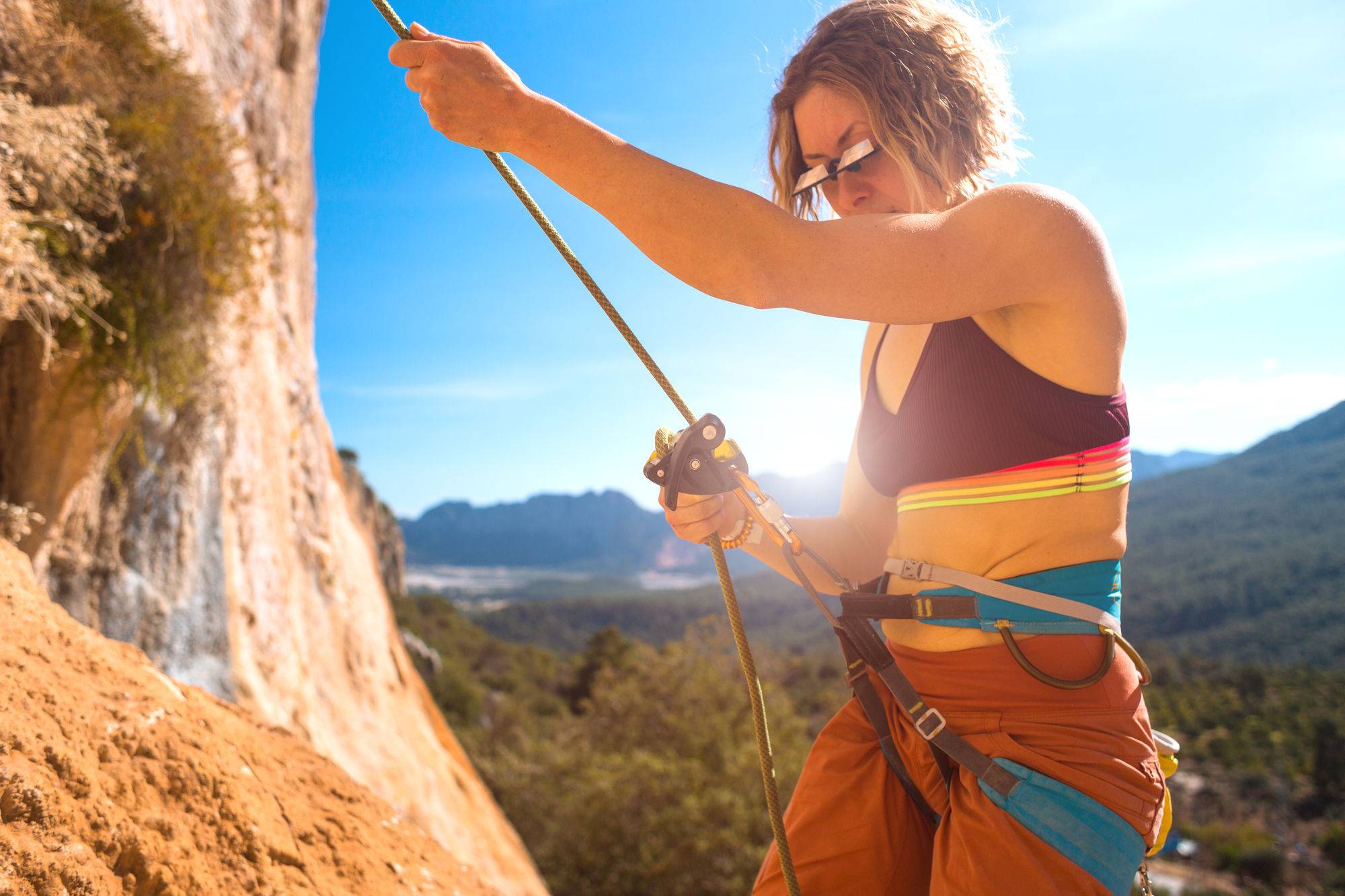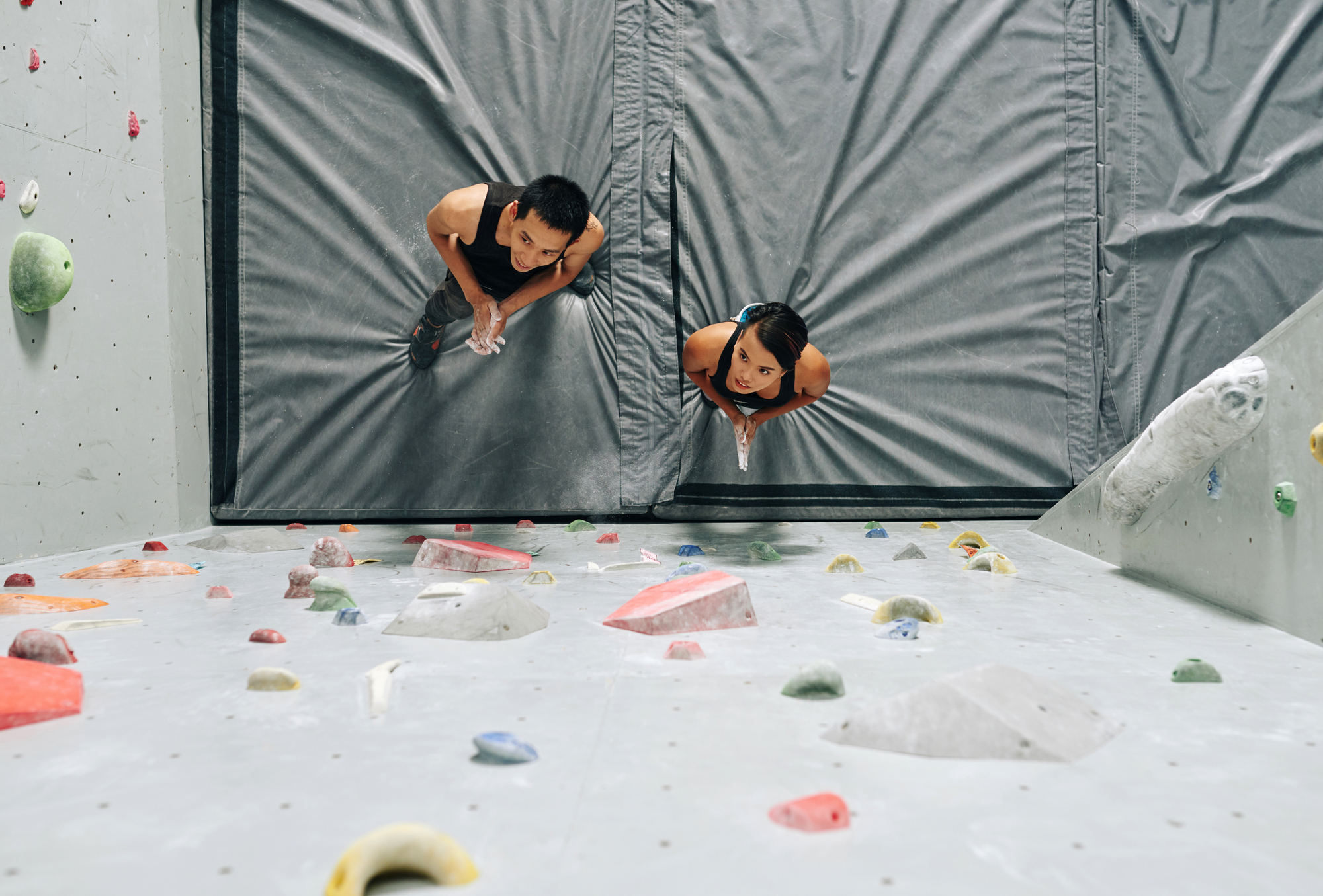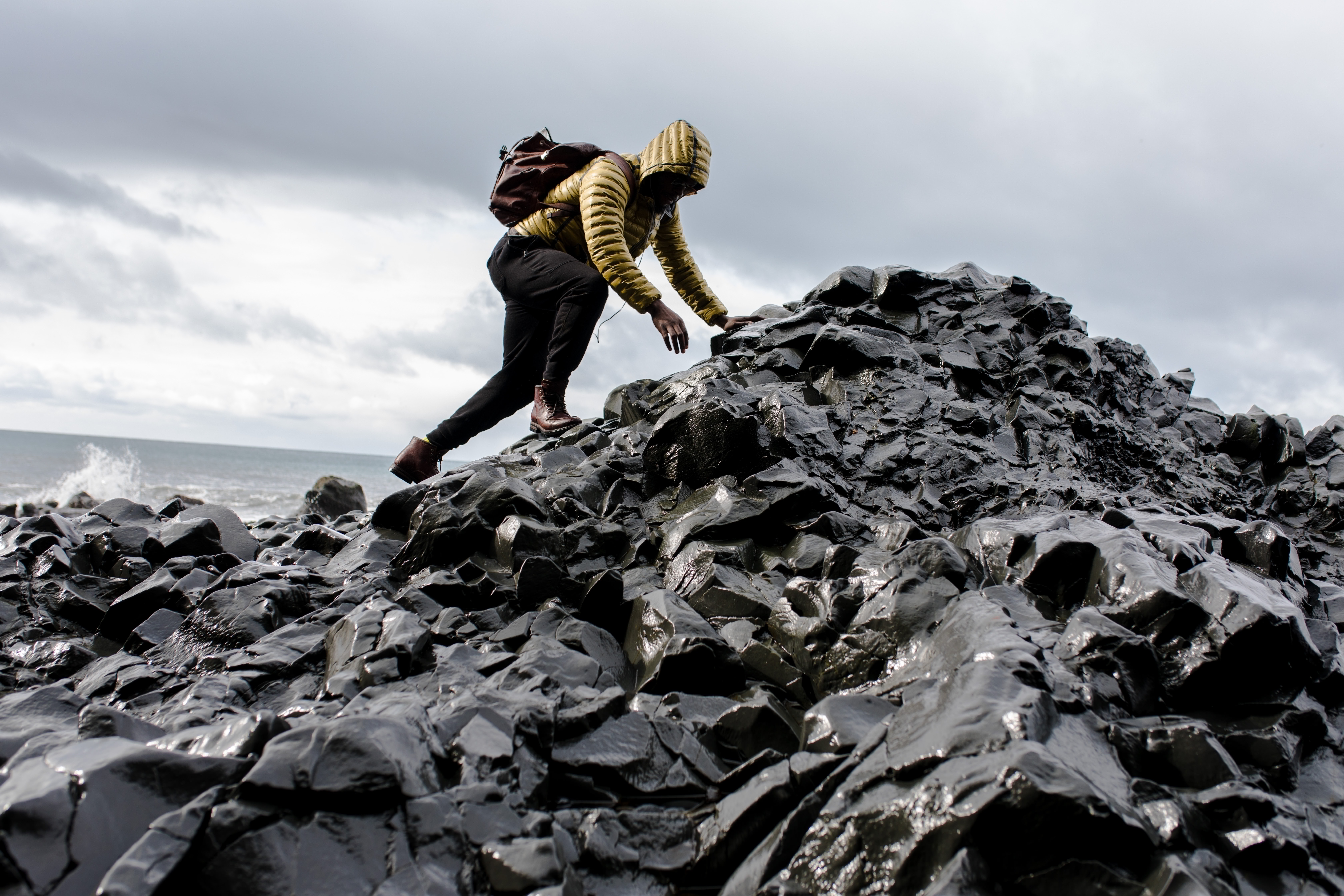Getting good at sport climbing requires a lot of training and practice. After all, this physically demanding sport isn't just about having strong muscles - it's also about technique, tactics, and mental focus.
Staying on the wall for a long time takes willpower more than anything else. The benefits can be quite significant if you can surmount that mental barrier and learn to enjoy endurance training.
Speaking of endurance training, a not-so-known approach can help climbers improve their skills even further.
This training is called "ARC training," and in this article, we'll discuss what ARC training is and how you can use it to your advantage.
What is ARC Training?
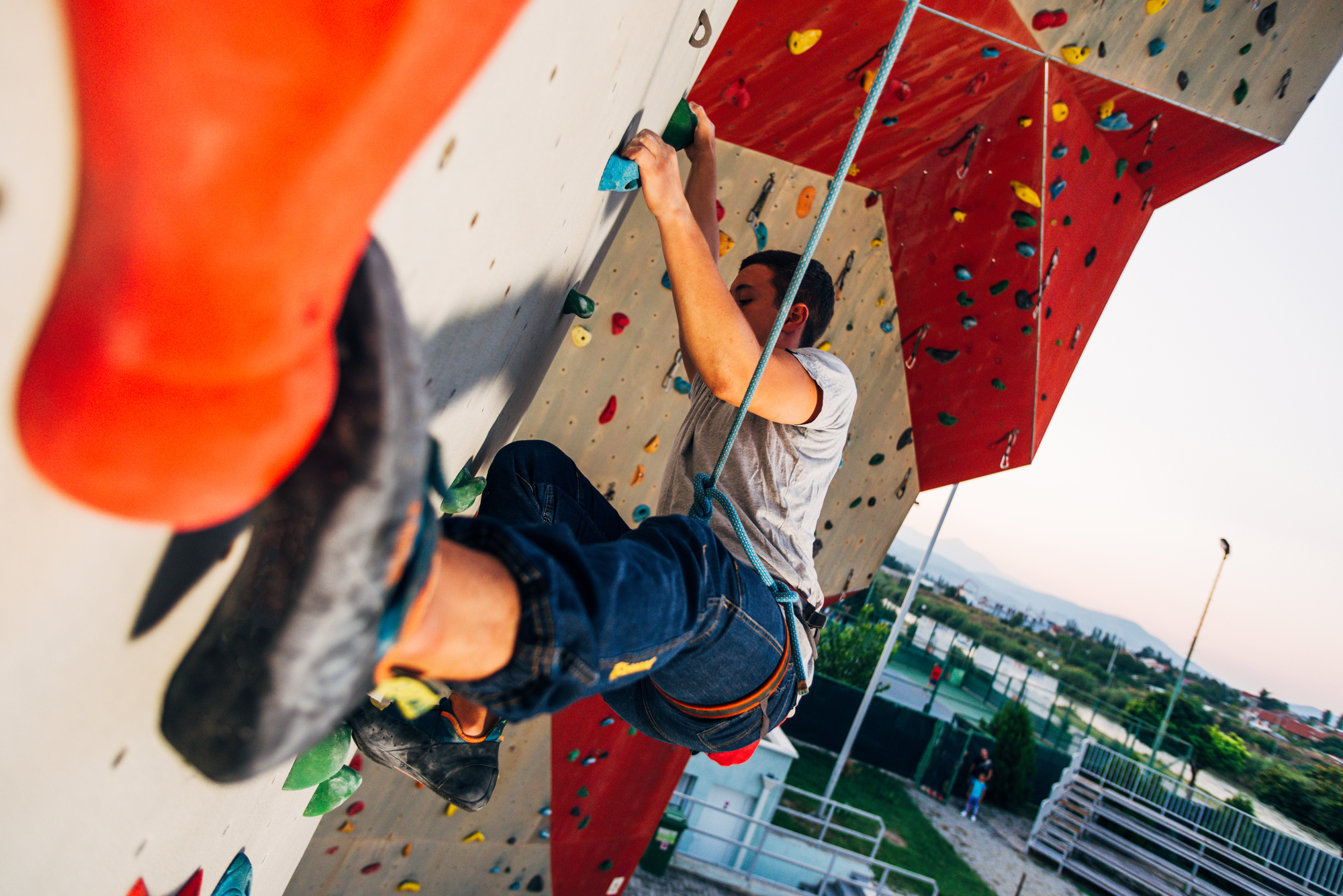
Aerobic Restoration and Capillarity (or ARC) Training is a method of developing aerobic endurance by encouraging the formation of blood vessels in the forearms.
The objective is to climb for 20 to 40 minutes without exceeding your anaerobic threshold, the point where you develop a powerful "pump" (that stiff, tired sensation) in your forearms.
You're aiming for a steady, mild-warm pump that lasts the duration of a whole session.
It will take a few workouts to discover the optimal level of intensity - too much pump puts you in power endurance mode, and not enough does not aid your growth.
During your ARC training session, you should feel as though you could climb for at least another 20 minutes.
It's important to note that this endurance-building method is not about going hard all the time - in fact, it's quite the opposite.
The best way to improve your cardiovascular system and increase blood flow to your muscles is to exercise at a moderate level for prolonged periods of time.
This is why the key to successful ARC training is learning to pace yourself
How Does ARC Training Work?
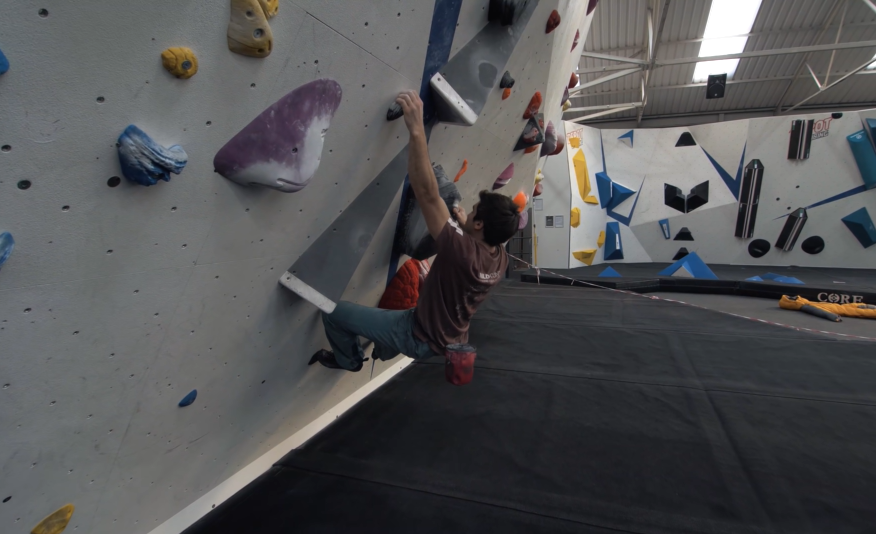
ARC training is great for long sustained routes that lack a crux, as well as for general conditioning. It takes more time to see the results, but they last longer and promise a bigger payoff.
ARC training also allows you to improve your fitness and technical skills at the same time. You can work on your drills, breathing, and footwork while going up and down the wall.
You should try to find 2-3 drills to work on while ARC training. This will help you improve quickly and reach your goals.
You might need to try a few different grades to find the best one for your ARC training. Start with the lowest grade, and then work your way up.
Stay there when you find the grade that gives you the best 20-minute session. Or, if you feel like you're constantly exhausted, try a lower grade.
Start with a grade that is challenging but not too hard. Once comfortable with that grade, move up to the next one.
While doing this, try to find routes that highlight your current goals.
Is ARC Training Effective?
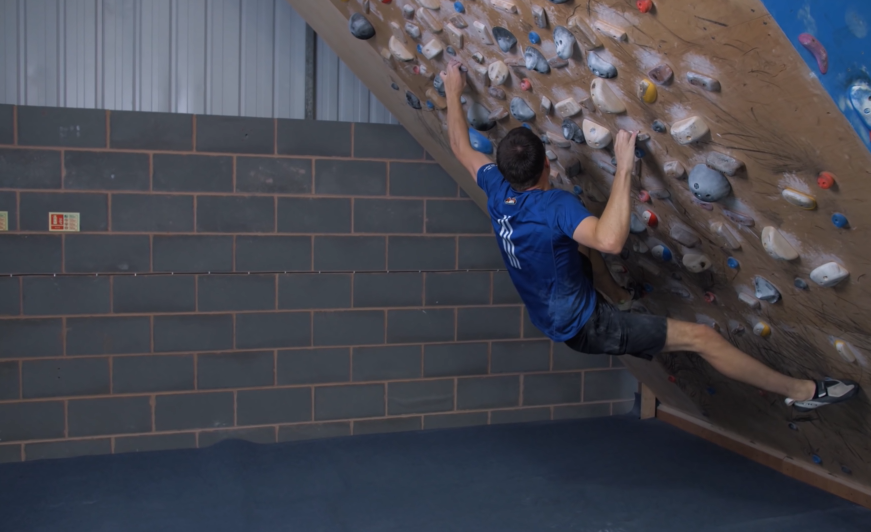
The jury is still out on whether or not ARC training is effective. Some climbers swear by it, while others say it doesn't make a difference.
The truth is, there is no one-size-fits-all answer to this question. It depends on the individual climber and their goals.
If you're trying to improve your climbing skills, it's worth giving ARC training a try. The worst that can happen is you'll end up where you started.
But if you're willing to put in the time and effort, ARC training can help you take your climbing to the next level.
How To Start ARC Training
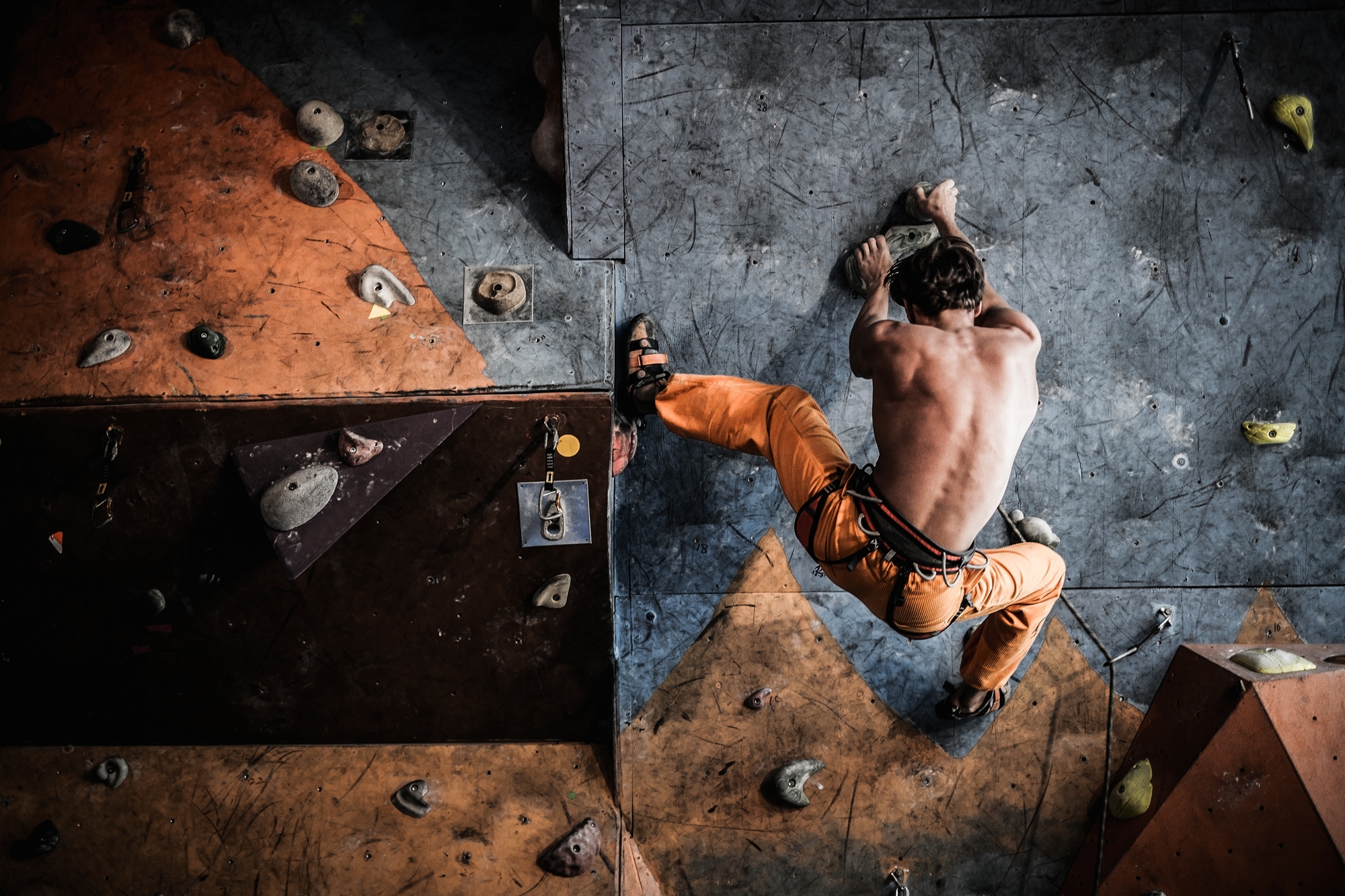
There are a couple of methods you can use to start your ARC training, namely:
1. Get a belay buddy
Have a buddy belay you for each arc set. The extra rest between sets will take some time, but this approach is ideal because doing this sort of training with friends makes the experience a lot more enjoyable.
Doing ARC training with a friend also gives you someone to talk to between sets, which can help pass the time.
Plus, it's always nice to have someone to spot you if you're feeling tired and need a break.
Find a partner who is willing to commit to doing ARC training with you for at least a few weeks. This will help you stay motivated and on track.
2. Using auto belays
The use of auto-belays is a typical method for ARC training. Find a 5.9 or 5.10 auto-belay. Anything with even slightly overhanging upper sections is ideal.
Start with an easier climb, and then add a more difficult route after about 5 minutes. The increased blood flow causes the muscles to expand and contract with greater ease.
This helps you build a good pump. You'll feel somewhat pumped and sweaty by about 7 minutes into the training.
You should feel as though you could climb for at least another 20 minutes.
It is ideal to stay on the auto-belay for 10-15 minutes. The objective is to keep the pump running!
3. ARC training on a bouldering wall
Because bouldering walls have a lot of grips, this method is ideal.
You can modify the difficulty of your ARC training and temper the "pump" by changing/increasing the difficulty of the holds as required.
This is a great method because you can continuously move without having to take long breaks in between sets.
As your muscles start to fatigue, the increased difficulty will help maintain the pump.
You should try this method if you're short on time and want to get a quick ARC training session in.
Conclusion
ARC training is a great way to improve your climbing skills. It's an effective way to build strength, endurance, and power all at the same time.
There are a few different ways you can go about ARC training, so find the method that works best for you.
Just one ARC training session will not suffice the same way with anything else. You'll need to train three times a week for at least three weeks to see results.
If you keep at it, you will be able to see significant improvements and surprise yourself as to how long you can endure when working on your next project.
Happy climbing!

